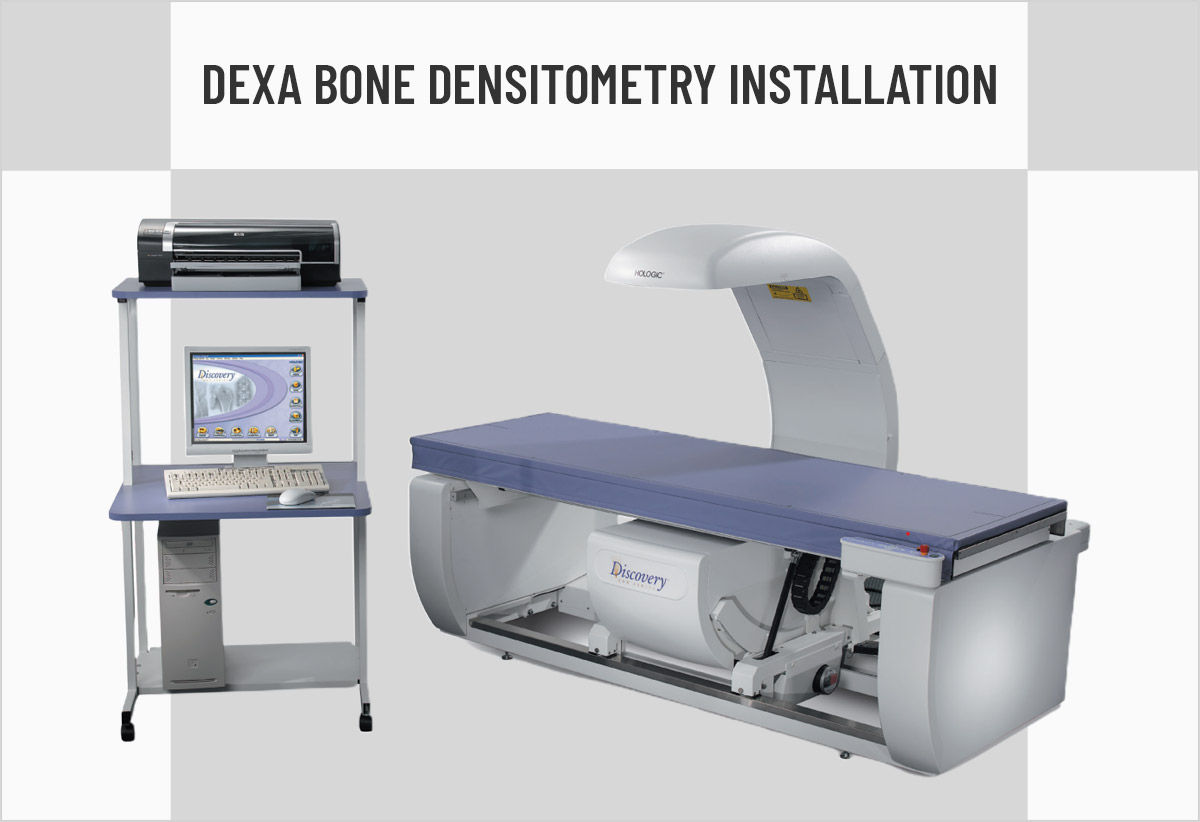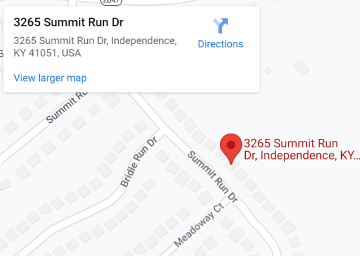Top Things to Consider for Installation of DEXA Bone Densitometry!

Bone Densitometer measures bone health by testing your bone density. If your bone density is lower than normal for your age, it indicates a risk for osteoporosis and bone fracture. DEXA, Dual-energy X-ray absorptiometry is the best and only way to diagnose Osteoporosis. With recent updates and advances, Bone densitometer technology is much more precise and accurate. DXA technology is now being widely used to evaluate fracture risk by measuring the density of bones. A bone densitometer is also used to monitor the effectiveness of the ongoing treatment. More and more hospitals, medical institutes, and individual healthcare clinics are these days adding a DEXA bone densitometry scan equipment to their existing medical equipment. This has led to remarkable growth in the number of Bone Mineral Densitometry and BMD units being installed and the DEXA scanning equipment market is expected to grow US$292 million by 2024.
However high-quality DXA scans are required for accurate diagnosis and recommending the appropriate treatment as poor-quality scan acquisition, analysis or interpretation can lead to incorrect treatment. Also since X-rays are used and a bone densitometer is radiological equipment, care has to be taken for due protection from radiations. Since RPS, Radiation Protection Services receives many inquiries regarding the safe installation of the DEXA scanner, they have developed a document with recommendations of things to consider for the installation of bone densitometer from room layout to personal protection and radiation shielding requirements.
Examination Room Preparation:
- The examination area or room should be an enclosed space with an entrance door
- The room should be spacious enough to fit in the DEXA scanner and the workspace for medical staff should be at a distance of at least 1meter from the patient’s feet side of the table edge
- You should send your examination room drawing beforehand to the company to ensure that the selected DEXA scanner unit will fit in
- The entrance door of the room should be wide enough as per the specifications required for bringing in the DEXA scan equipment
- Keep the room and area clear before the arrival of the unit at your medical facility to avoid last-minute chaos
- Display an X-radiation sign on the entrance door for public viewing making them aware of radiation emission.
- Appropriate construction such as standard drywall with two layers should be done to ensure radiation shielding of nearby areas
- Make sure electrical plug points are located at a convenient location with enough power to support your selected bone densitometer
Safety from Radiation exposure:
One more important aspect to consider while installing and using bone densitometry unit thereafter is safety from exposure to radiations
- Documented training on potential hazards to patients and medical personnel from radiation exposure should be conducted
- When it comes to the safety of individual patients and medical staff from radiation exposure and maintaining low radiation dosage, all the physicians, radiologists, and clinic staff should work by the principle of ALARA, “as low as reasonably achievable”
- As per RPS, a full-time medical staff handling a new DXEA scanning equipment should wear a personnel dosimeter for a year to measure the annual occupational radiation dose. For existing facilities, if they change the examination room layout or the scanning equipment, a dosimeter should be used to assess the occupational dose
Installation, Calibration & QC check:
- Please ensure that the OEM has provided all the necessary tools, and equipment such as the positioning devices, patient support tools and required manuals
- Once the DEXA bone densitometry equipment is successfully installed, it should be properly calibrated to meet OEM specifications
- Thorough QC, Quality check procedures should be performed for correct functioning to ensure accurate and precise reports
- Also, periodic audit and assessment of the DEXA scanner equipment including electrical connections, radiation warning lights, malfunctioning of the equipment, and availability of support tools should be conducted to avoid any mishaps and costly delays
- All the relevant checks to ensure there is no radiation leak should be performed regularly.
- Records of calibration, QC, repair, and maintenance of each item of equipment should be maintained
This pre-installation, during, and post-installation tips will help you save any unexpected delay or additional cost incurring during the installation of your bone densitometer equipment.
If you have made up your mind on adding bone densitometry to your existing services and are looking out for a DEXA scanner, our subject matter experts can guide you from buying a new to a pre-owned or refurbished Dexa scanner till the complete setup and installation including equipment servicing. So get in touch with us and our team will guide you with their expertise on the best suited DEXA scanning equipment and installation as per your needs.

 SUBSCRIBE TO OUR BLOG
SUBSCRIBE TO OUR BLOG
